It’s no secret that Benjamin Franklin is one of history’s greatest inventors.
Bifocals. The odometer. The urinary catheter. The list goes on.
But did you know he also invented…hustle porn?
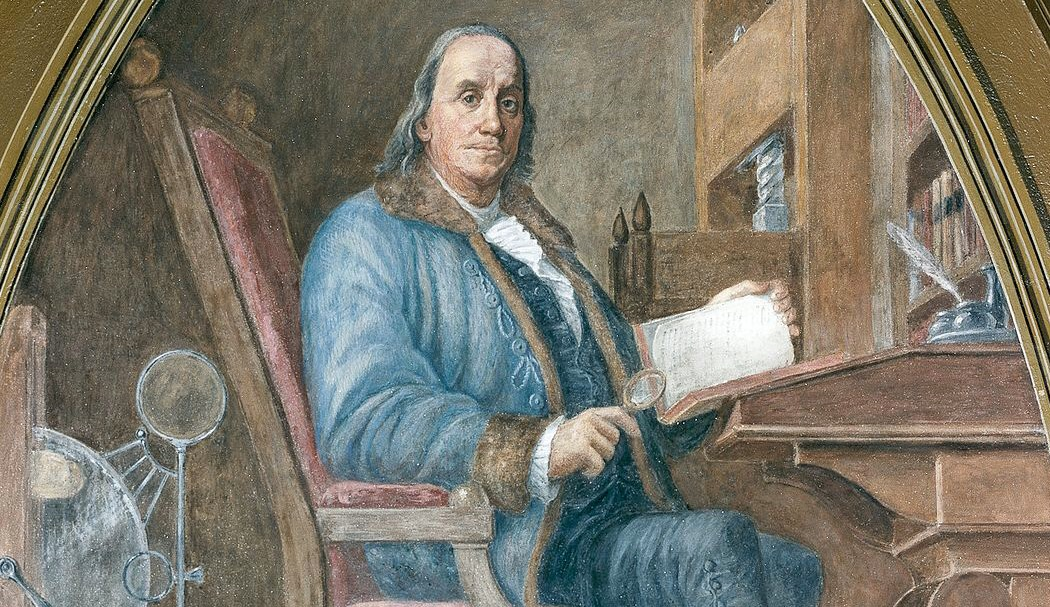
All the way back in the 18th century, he published his daily routine as part of his autobiography.
No 6 AM Barry’s Bootcamp session or morning green juice, but it’s not so different from what you might find on “grindset” Twitter today.
And when Franklin’s routine went viral recently, it begged some questions:
- Why are we so fixated on routine inspo, hustle porn, and productivity culture?
- What motivates our cultural drive toward self-optimatizion?
- And what do the answers to these questions say about our relationships to work and success?
Benjamin Franklin’s daily routine
Before we explore those big ideas, let’s first look at a day in the life of Benjamin Franklin.
This is the routine he published in his autobiography:
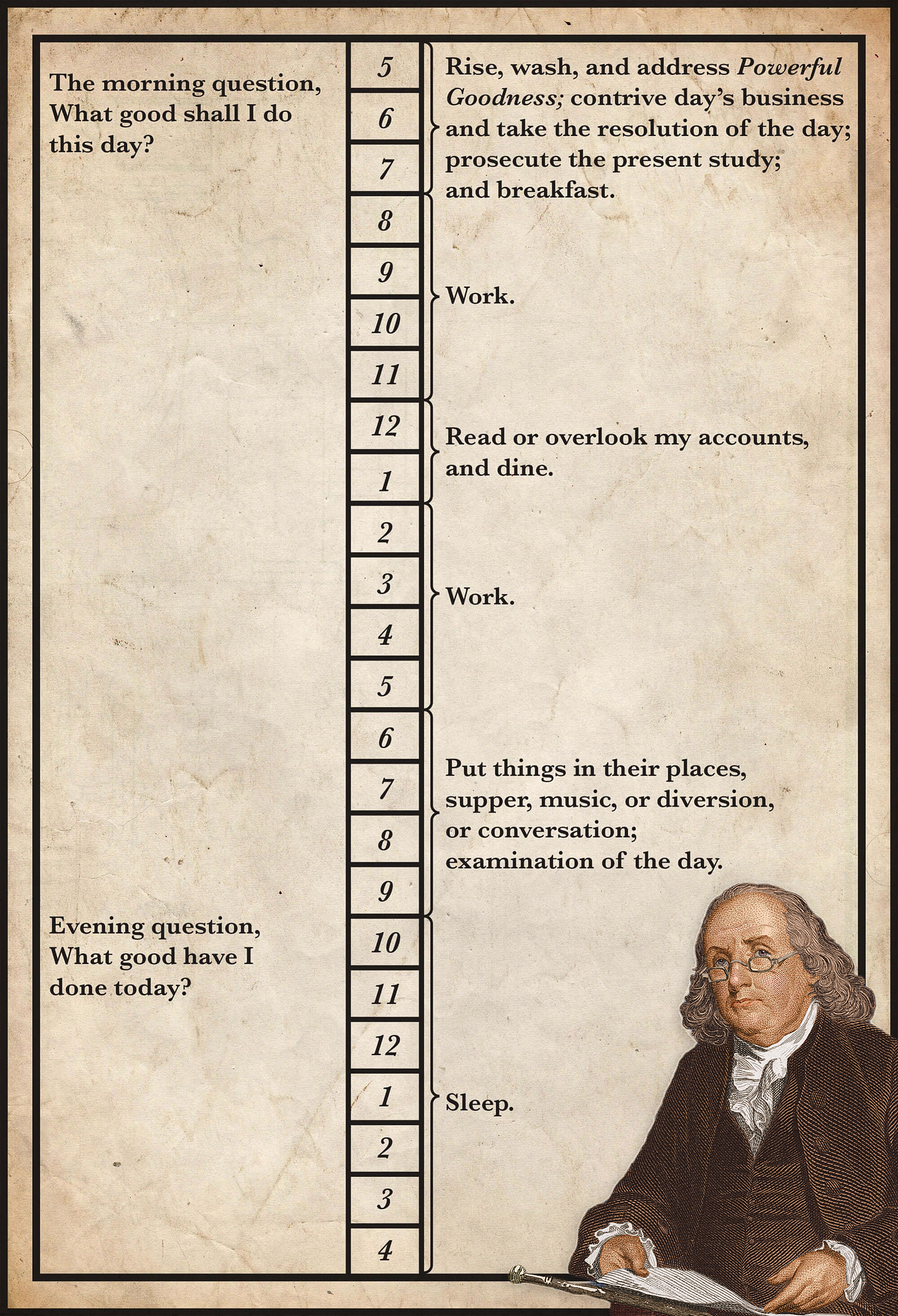
What stands out?
- Franklin was an “early to bed, early to rise” type of guy. (Fun fact: He actually coined that phrase.)
- He ate three square meals a day.
- He time blocked his work into focused periods.
- And he took time in the morning and at night to reflect.
If a founder or hustle guru posted the same list on Twitter or LinkedIn today, you’d never know this routine is almost 300 years old.
But, for Franklin, sticking to his own script wasn’t always easy. He wrote:
“My scheme of ORDER gave me the most trouble; and I found that, tho’ it might be practicable where a man’s business was such as to leave him the disposition of his time, that of a journeyman printer, for instance, it was not possible to be exactly observed by a master, who must mix with the world, and often receive people of business at their own hours,”
I love this quote. Because the gist of it is: “Routines might work for the common folk, but not me. My life is too busy and important.”
We mythologize Franklin as an icon of American history, but despite including humility on his famous list of 13 virtues (notably last), he was well-known for his arrogance and even wrote about it himself:
“I was generally thought proud; that my pride showed itself frequently in conversation; that I was not content with being in the right when discussing any point but was overbearing and rather insolent.”
Why we love to hate “morning routine” content
Is Franklin’s daily routine one of the first recorded examples of hustle porn? Maybe.
Centuries later, an entire cottage industry exists to celebrate the routines of successful people.
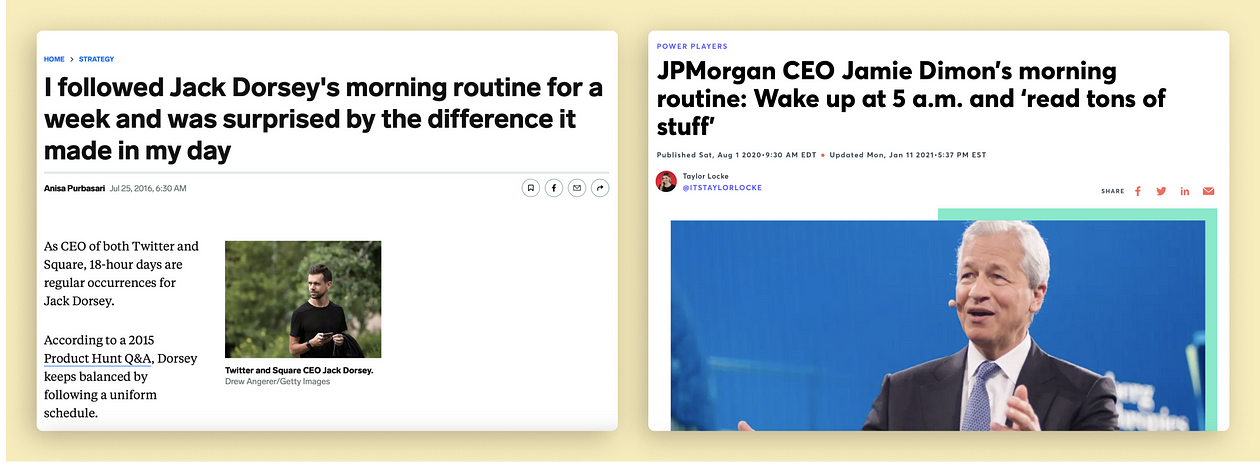
Stories like these are standard fare on sites like Insider and Fast Co. And since they keep getting written, people must be eating them up.
Why are readers so drawn to them?
- They’re aspirational.
- They give a sense of order.
- They’re a little voyeuristic.
But there’s another reason, too:
- We love to hate them.
These routines can be so unattainable, performative, and downright smug, it’s as if they were written just to annoy us. And to get mocked on social media.
That’s exactly what happened when Mark Wahlberg’s routine went viral in 2018.
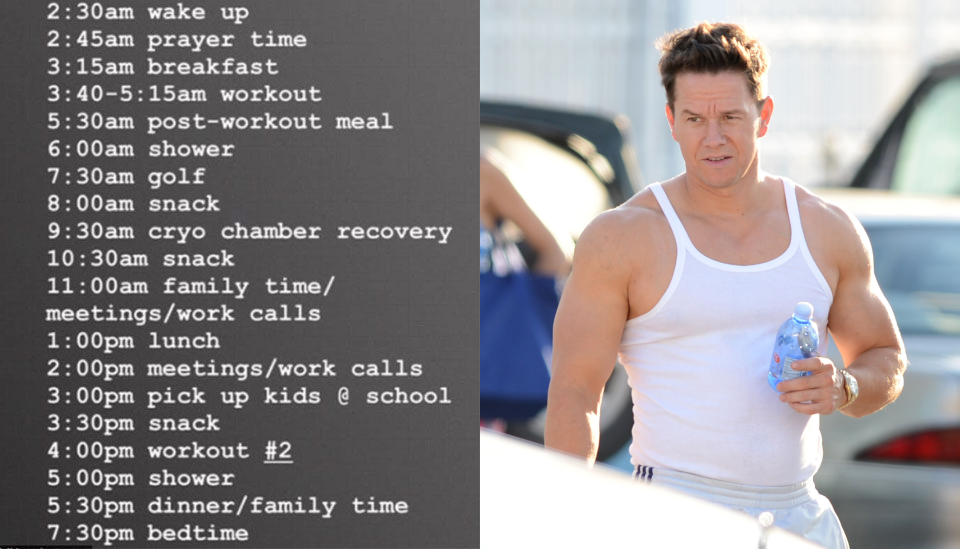
2:30 AM wakeup call. 3:40 AM workout. 9:30 AM cryochamber.
No one does this!
And it’s not just celebrities valorizing their own impossible routines. On TikTok, the #morningroutine hashtag has 10 billion views and the #thatgirl hashtag — a trend celebrating the power of highly aesthetic (often unrealistic) daily routines — has 6 billion.
While some people may love to hate the genre, many genuinely love it.
Carl Cederström, a researcher at Stockholm University, attributes this cultural interest in routines to the capitalist glorification of individualism, which tells us to think of ourselves less as people, and more as never-ending projects. And this “wellness syndrome,” he says, can be dangerous:
“You have this intense pressure where people feel like they need to live up to these demands of at least making it look as if you live a perfectly balanced and meaningful life, the fast and slow life at the same time. There is always the risk of crumbling under the weight of that pressure.”
Fueled by social media that incetivizes “perfectionist presentation” — the manufactured performance of a “perfect” life online — this type of content can lock viewers into harmful, self-critical patterns.
As author Will Storr writes:
“We’re living in an age of perfectionism, and perfection is the idea that kills. People are suffering and dying under the torture of the fantasy self they’re failing to become.”
Yes. Routines can be healthy and empowering.
But when they become about what everyone else is doing, “productivity dysmorphia” can set in.
The backlash against productivity culture
Just as the internet gavels productivity culture, it gave us the backlash against it.
Detractors label it “hustle porn” — a fetishization of overwork at the expense of authentic fulfillment.
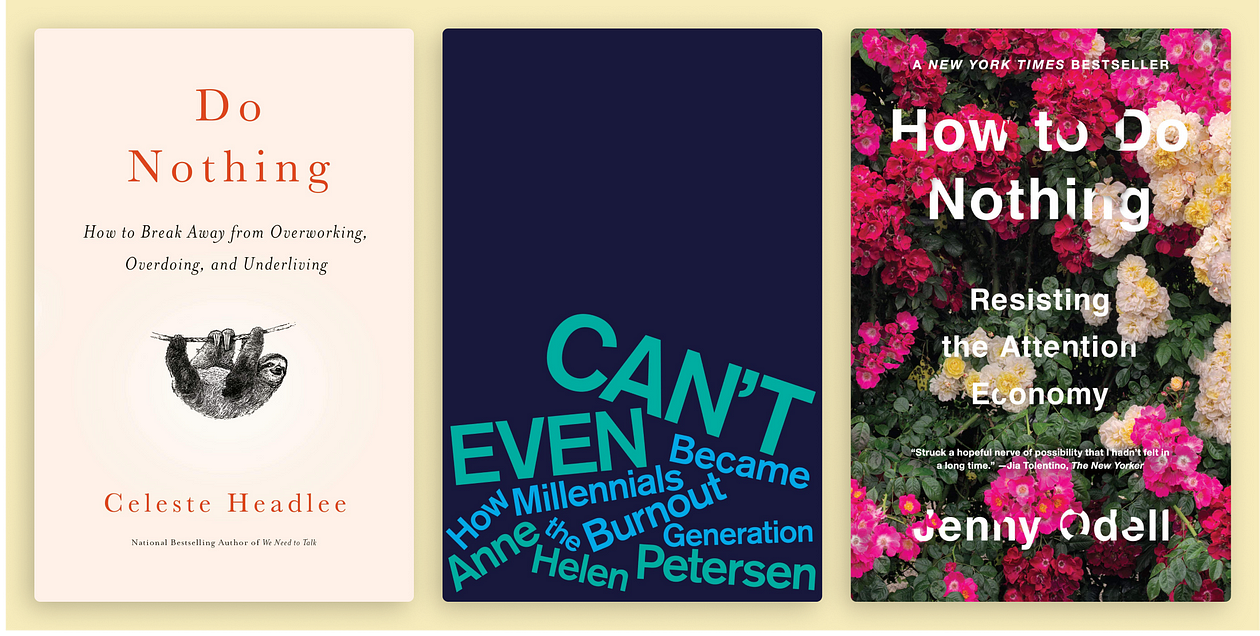
A new category of anti-self-help books has even emerged rejecting the harms of productivity culture itself: Celeste Headlee’s Do Nothing: How to Break Away from Overworking, Overdoing, and Underliving, Anne Helen Petersen’s Can’t Even: How Millennials Became the Burnout Generation, and Jenny O’Dell’s How to Do Nothing: Resisting the Attention Economy, which made Obama’s favorite books list in 2019.
The origins of personal productivity
The productivity genre commands a massive audience of fans. And now, a growing crowd of naysayers.
But what is all the fuss actually about.
Or put more simply: What is productivity?
Economists define it as a measure of “output per unit of input.”
- More productivity creates more value.
- More value improves economies.
- Improved economies raise standards of living.
- Raised standards of living lead to happier, healthier societies.
Through this macroeconomic lens, productivity is essential to the common good.
But personal productivity is something else entirely, and a relatively recent cultural phenomenon.
As Deep Work author Cal Newport explains, as the American economy moved from fields and factories to offices in the last century, the burden of workplace productivity transferred quietly from organizations to individuals.
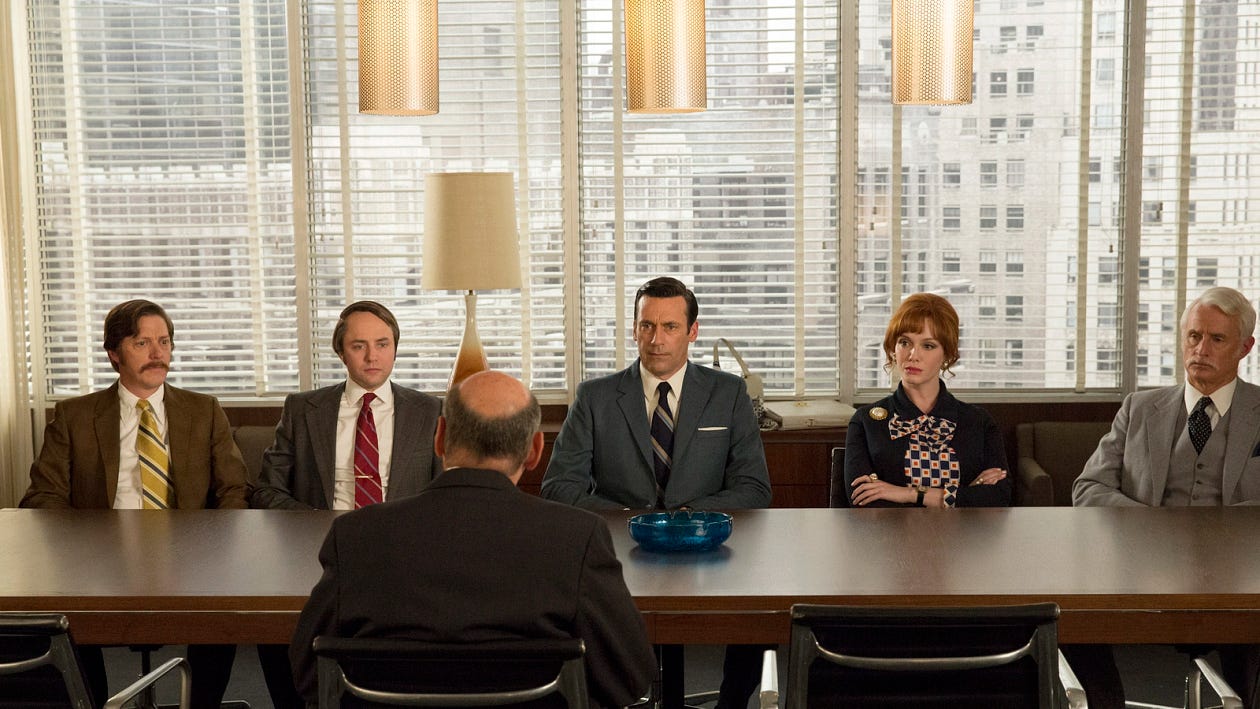
This was followed by the rise of “knowledge work” — a workplace shift away from rote clerical jobs toward more creative, skilled ones that relied on the unique talents of the individual.
In macroeconomic terms, there’s no limit to the productive output possible — at least theoretically. But for individuals, there’s only so much time in the day. In order to increase personal productivity, new tools are required to increase efficiency. Otherwise, the only option is to steal time from somewhere else — family, hobbies, etc.
It’s this modern economic transformation that nurtured the conditions for productivity culture’s ascent in the cultural imagination.
In a hypercompetitive, globalized economy that depends on the output of knowledge workers — one that incessantly demands better, faster, smarter, and more — it should come as no surprise that we’re in constant search of new solutions that will empower us to perform and produce more efficiently.
And the market has responded to those needs with an entire industry dedicated to personal productivity. It’s given us new tools and technologies to help us self-optimize. And countless gurus selling false promises that exploit our intrinsic motivations to succeed. Buyer beware.
🔑 Key takeaways
- Productivity culture is a natural outgrowth of the economic systems that organize our lives.
- Beware of grifters selling questionable solutions to problems you may not actually have.
- Resist the temptation to measure yourself against unattainable standards and recognize the harms caused by productivity dysmorphia.
- Proactively invest your time and energy into self-optimizing, building better routines, and increasing your personal productivity. But do so only in ways that authentically fit your life and contribute to your holistic well-being.
One last thing
It turns out that Franklin forgot something when he published his routine.
In a separate letter to a friend, he wrote:
“I rise early almost every morning, and sit in my chamber, without any clothes whatever, half an hour or an hour, according to the season, either reading or writing.”
Whatever works!
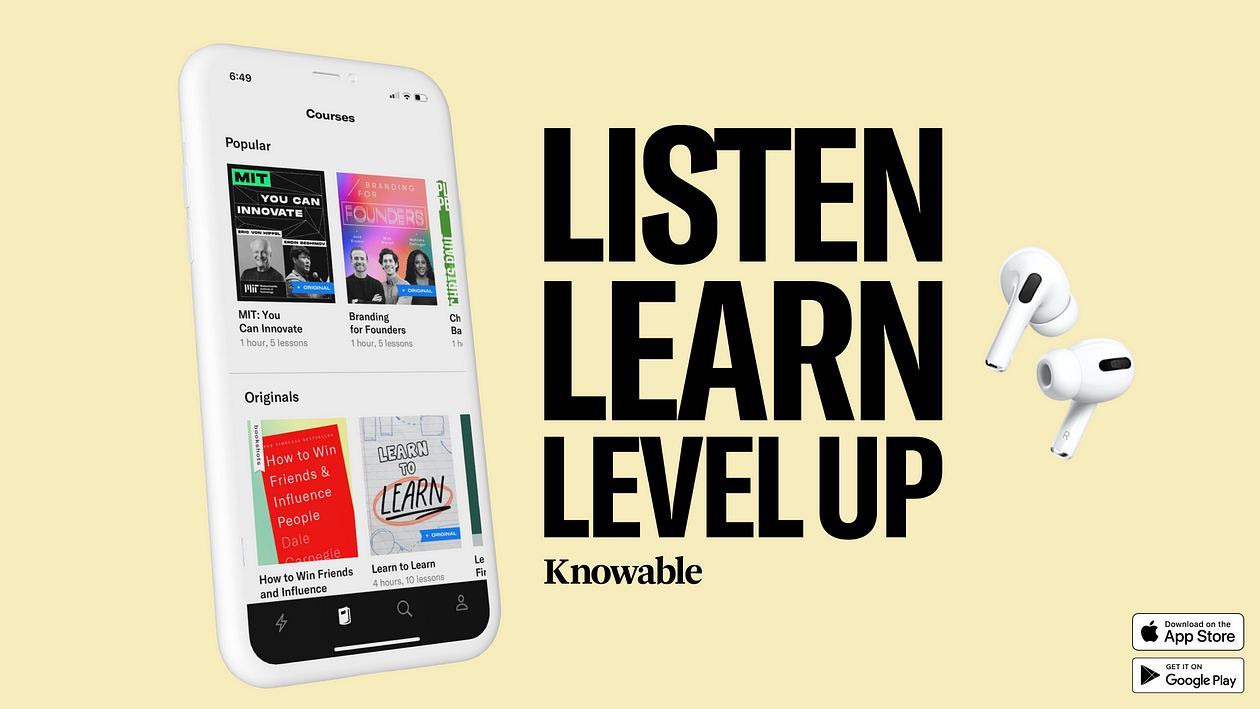
For more insights like these, get the Knowable app and join 40,000+ founders, creators, and everyday go-getters building new skills and fueling their ambitions with audio lessons on business, startups, self-improvement, and more from the world’s smartest people. Find it in the App Store and on Google Play.

